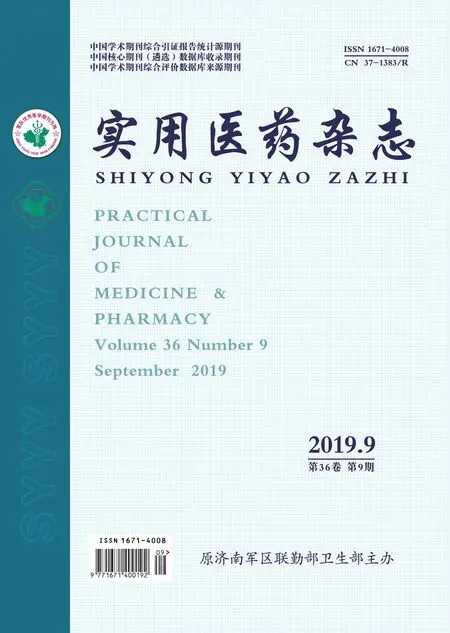英文摘要的规范表达
中文摘要规范表达的原则多数适于英文摘要,但英文表达有其自己的特点、方式及习惯,英文摘要在表达上同中文摘要有较大差异。
英文摘要时态的运用应以简练为佳,常用一般现在时、一般过去时,少用现在完成时、过去完成时,基本不用进行时和其他复合时态。
一般现在时用于说明研究目的、叙述研究内容、描述研究结果、得出研究结论、提出建议或讨论等。例如:“In order to study the rigidity coefficient… ,the stress and strain model is concluded.”:“As a result,all of the mechanical properties,microstructure and the dimension accuracy satisfy the technical requirement.”;“The result shows(reveals)…”:“It is found that…”;“The conclusions are … ”; “It is suggested that… ”;“The experimental results confirm that…”等。涉及公认事实、自然规律、永恒真理等时,用一般现在时。
一般过去时用于叙述过去某一时刻(时段)的发现、某一研究过程(实验、观测、调查、医疗等过程)。例如:“The algorithms were developed with Visual C++,and the correctness of these algorithms was verified through examples test.”;“The heat pulse technique was applied to study the stemstaflow of two main deciduous broadleaved tree species in July and August,1996.”等。需要指出的是,用一般过去时描述的一定范围内的发现、现象往往是尚不能确认为自然规律、永恒真理的,而只是当时的现象、结果等,所描述的研究过程也明显带有过去时间的痕迹。
英文摘要语句表达时究竟采用何种时态应视情况而定,力求表达自然、妥当,大致应遵循以下原则。
(1)介绍背景资料时,句子的内容若为不受时间影响的普遍事实,应该使用现在时,若是对某种研究趋势的概述,则使用现在完成时。
(2)叙述研究目的或主要研究活动时,若采用“论文导向”,则多使用现在时,如 “This paper presents…”,“This paper investigates…”,“This paper is to…”; 若采用“研究导向”,则使用过去时,如“This study presented… ”,“This study investigated… ”,“This study was to…”。
(3)概述实验程序、方法和主要结果时常用现在时。例如:“The result shows…”;“Our results indicate…”;“We describe…”;“Extensive experiments show…”。
(4)叙述结论或建议时可使用现在时,臆测动词或may,should,could 等助动词。

